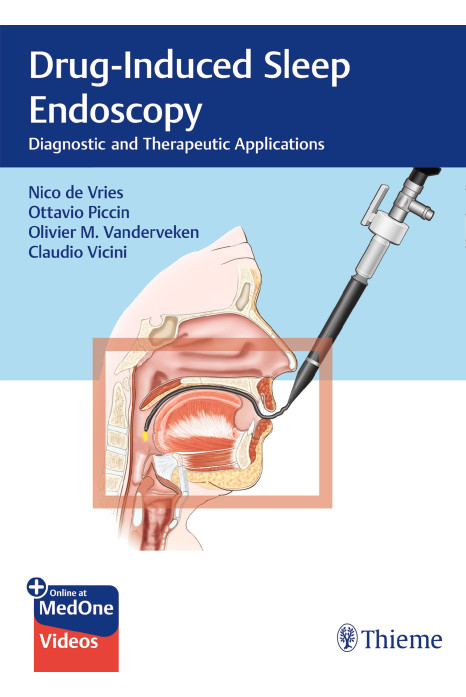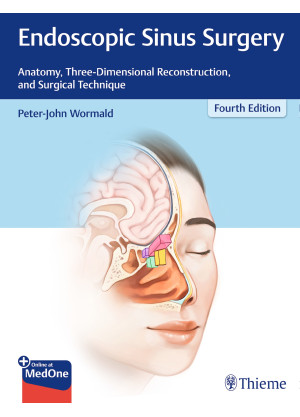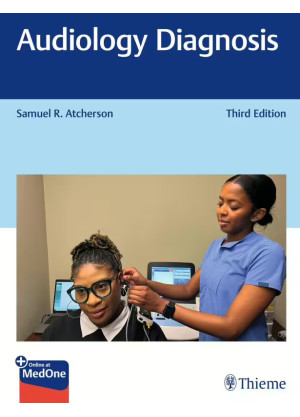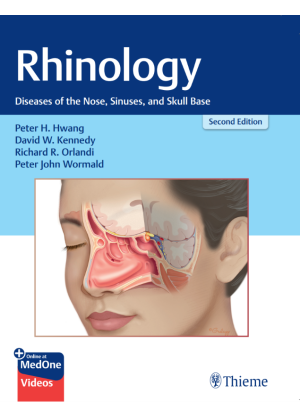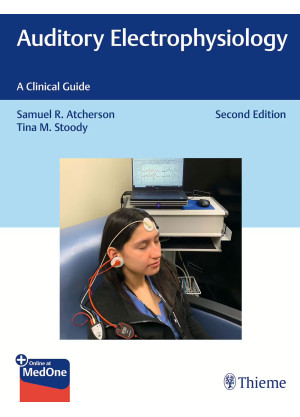The definitive resource on the innovative use of DISE for obstructive sleep apnea
Obstructive sleep apnea is the most prevalent sleep-related breathing disorder, impacting an estimated 1.36 billion people worldwide. In the past, OSA was almost exclusively treated with Continuous Positive Airway Pressure (CPAP), however, dynamic assessment of upper airway obstruction with Drug-Induced Sleep Endoscopy (DISE) has been instrumental in developing efficacious alternatives. Drug-Induced Sleep Endoscopy: Diagnostic and Therapeutic Applications by Nico de Vries, Ottavio Piccin, Olivier Vanderveken, and Claudio Vicini is the first textbook on DISE written by world-renowned sleep medicine pioneers.
Twenty-four chapters feature contributions from an impressive group of multidisciplinary international experts. Foundational chapters encompass indications, contraindications, informed consent, organization and logistics, patient preparation, and drugs used in DISE. Subsequent chapters focus on treatment outcomes, the role of DISE in therapeutic decision making and upper airway stimulation, pediatric sleep endoscopy, craniofacial syndromes, advanced techniques, and more.
Key Highlights
- Comprehensive video library highlights common and rare DISE findings
- A full spectrum of sleep disordered breathing and OSA topics, from historic to future perspectives
- Insightful clinical pearls on preventing errors and managing complications including concentric and epiglottis collapse
- Discussion of controversial DISE applications including oral appliances and positional and combination therapies
This unique book is essential reading for otolaryngology residents, fellows, and surgeons. Clinicians in other specialties involved in sleep medicine will also benefit from this reference, including pulmonologists, neurologists, neurophysiologists, maxillofacial surgeons, and anesthesiologists.
This book includes complimentary access to a digital copy on https://medone.thieme.com.
1 Introduction
2 Historical Perspective
3 Applicability
4 Classification Systems
5 Indications and Contraindications
6 Preparation for DISE: Informed Consent
7 Organization and Logistics
8 Patient Preparation and Positioning
9 Drugs for DISE
10 An Anesthesiological Point of View
11 Work in Progress: A Prediction Model for DISE as Selection Tool for MAD and Positional Therapy
12 Complications of DISE
13 DISE and Treatment Outcomes
14 DISE and Position-Dependent OSA
15 Significance of Complete Concentric Collapse of the Palate
16 Epiglottic Collapse
17 Common Mistakes in DISE
18 Diagnostic and Therapeutic Applications or a Guide for Clinical Practice
19 DISE and Treatment with Mandibular Advancement Devices in Obstructive Sleep Apnea Patients
20 The Use of DISE to Determine Candidates for Upper Airway Stimulation
21 Pediatric Sleep Endoscopy
22 DISE in Children with Craniofacial Anomalies
23 Advanced Technique
24 Future Perspectives
